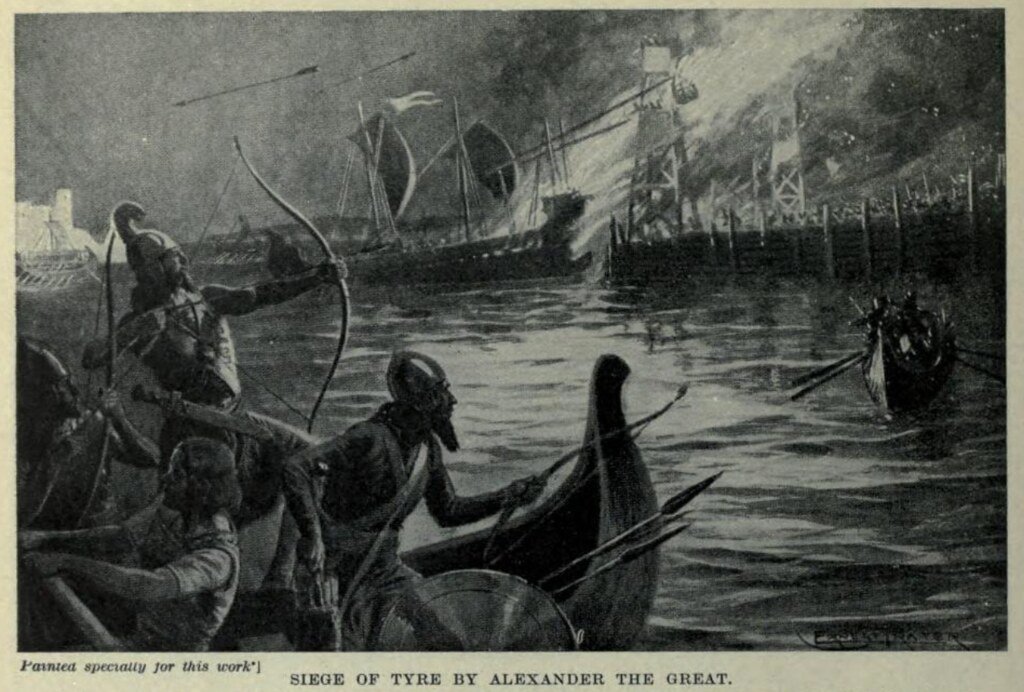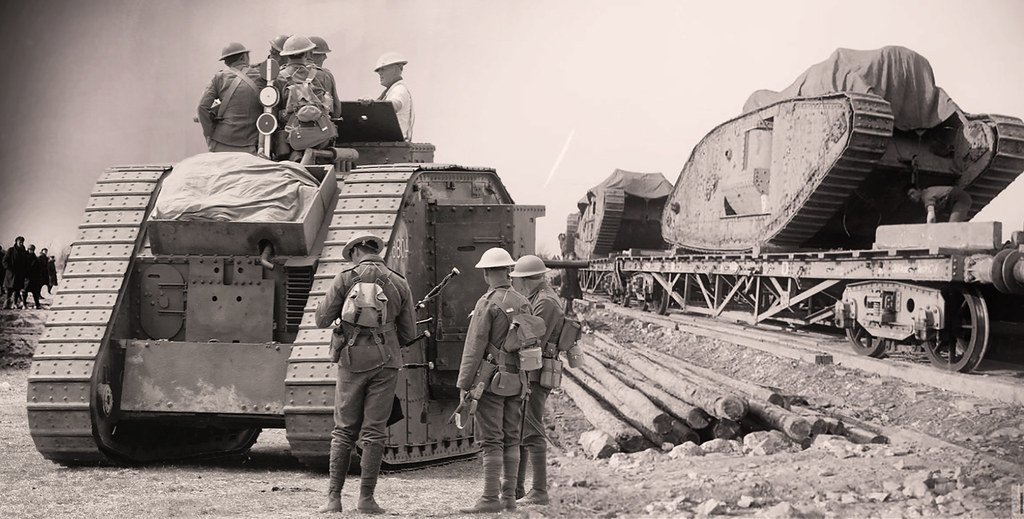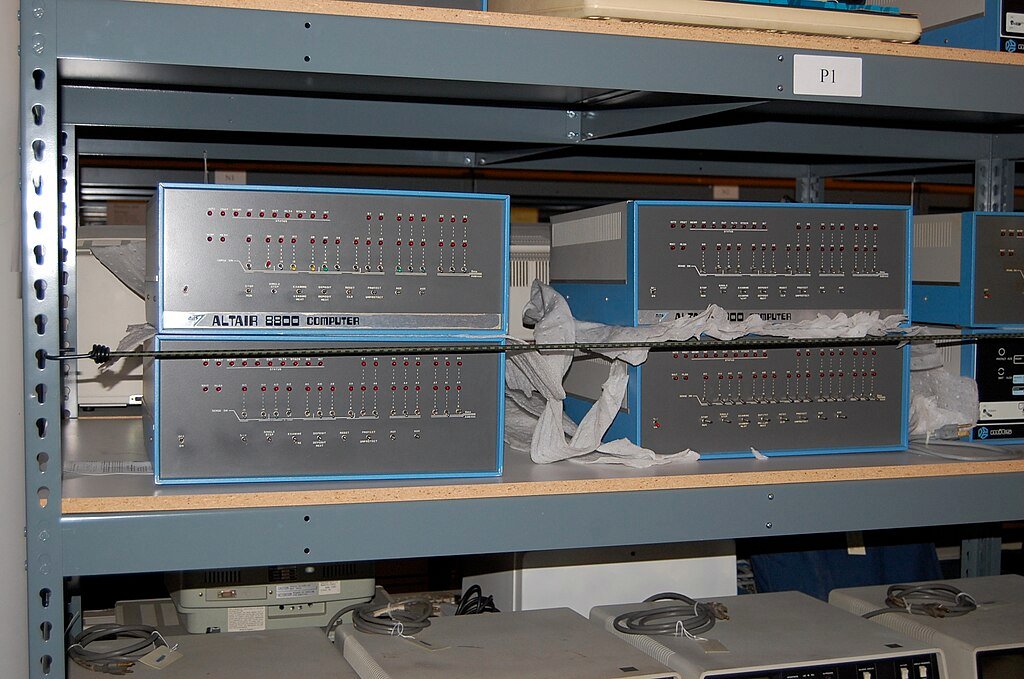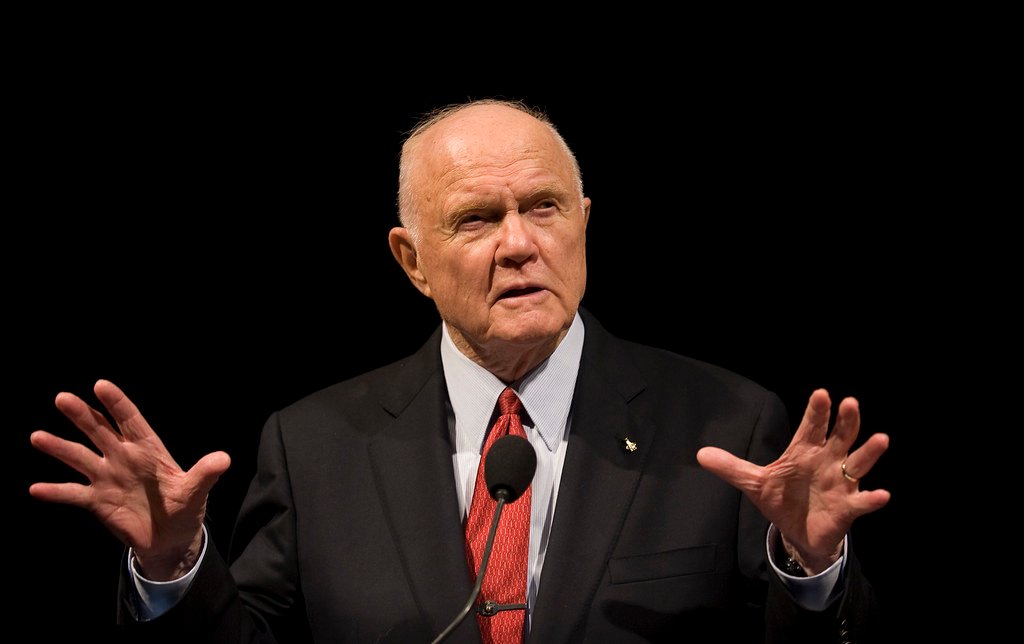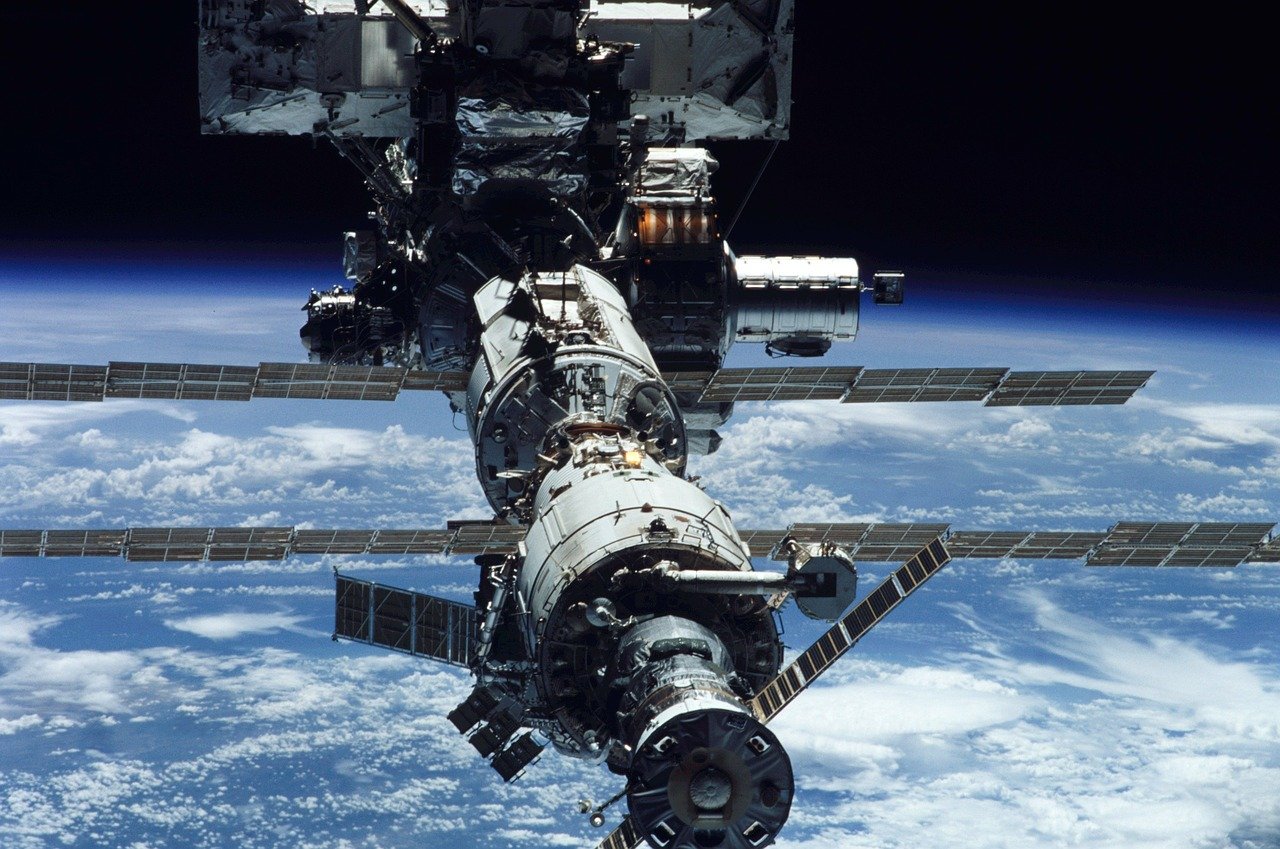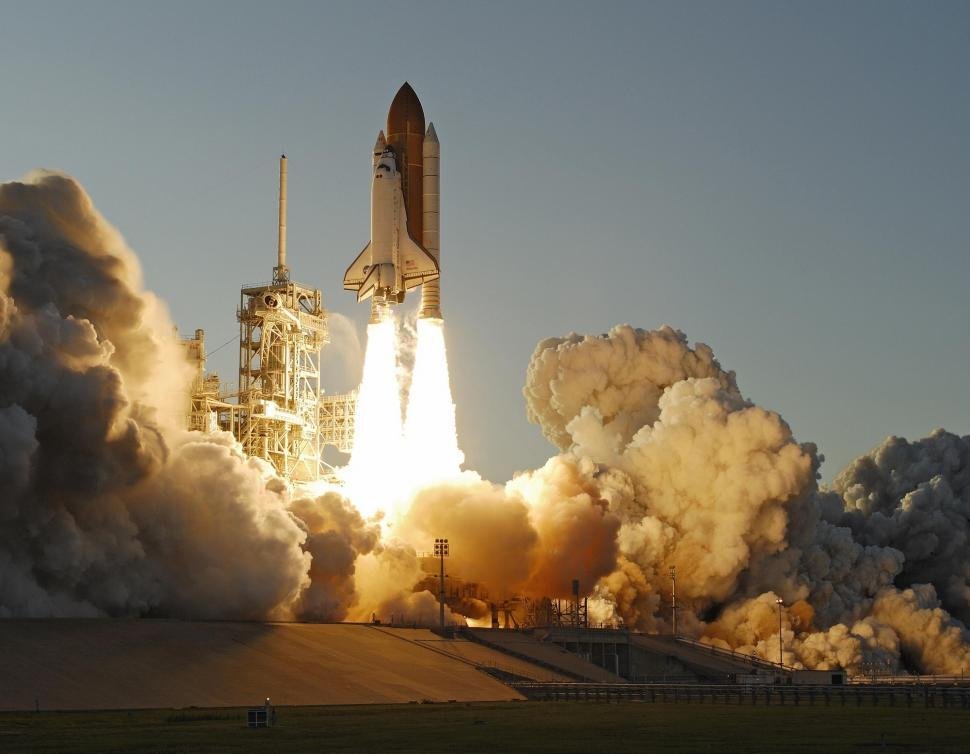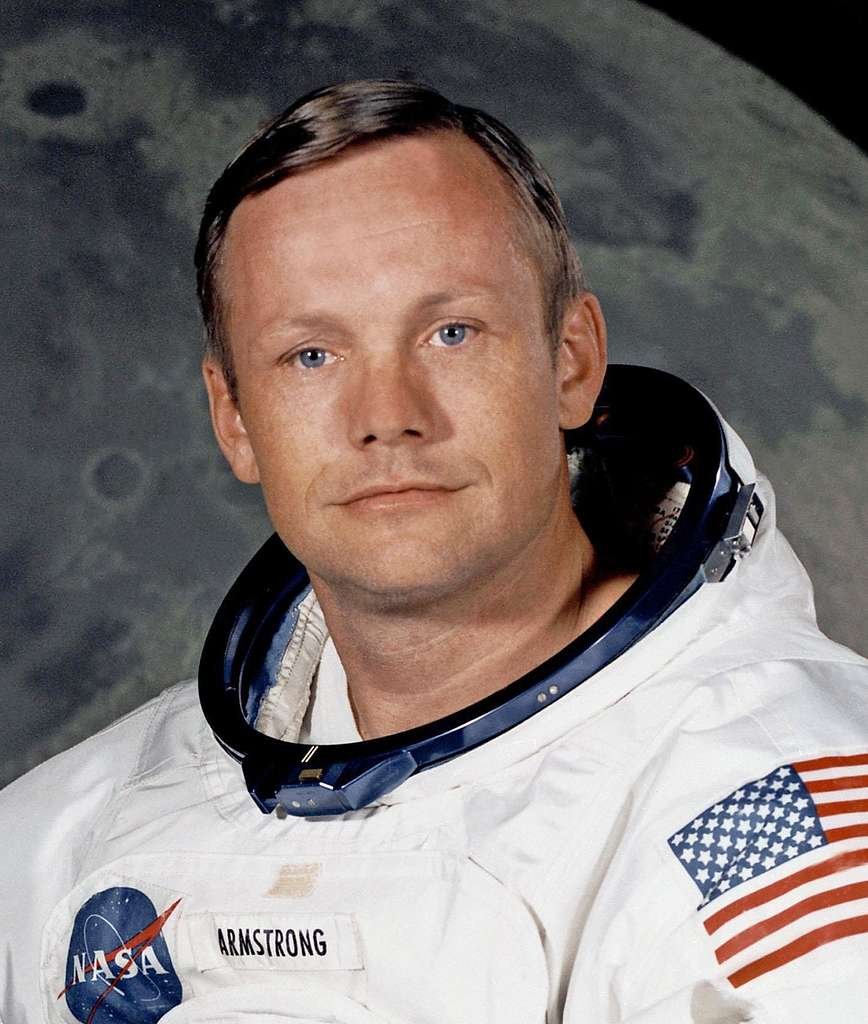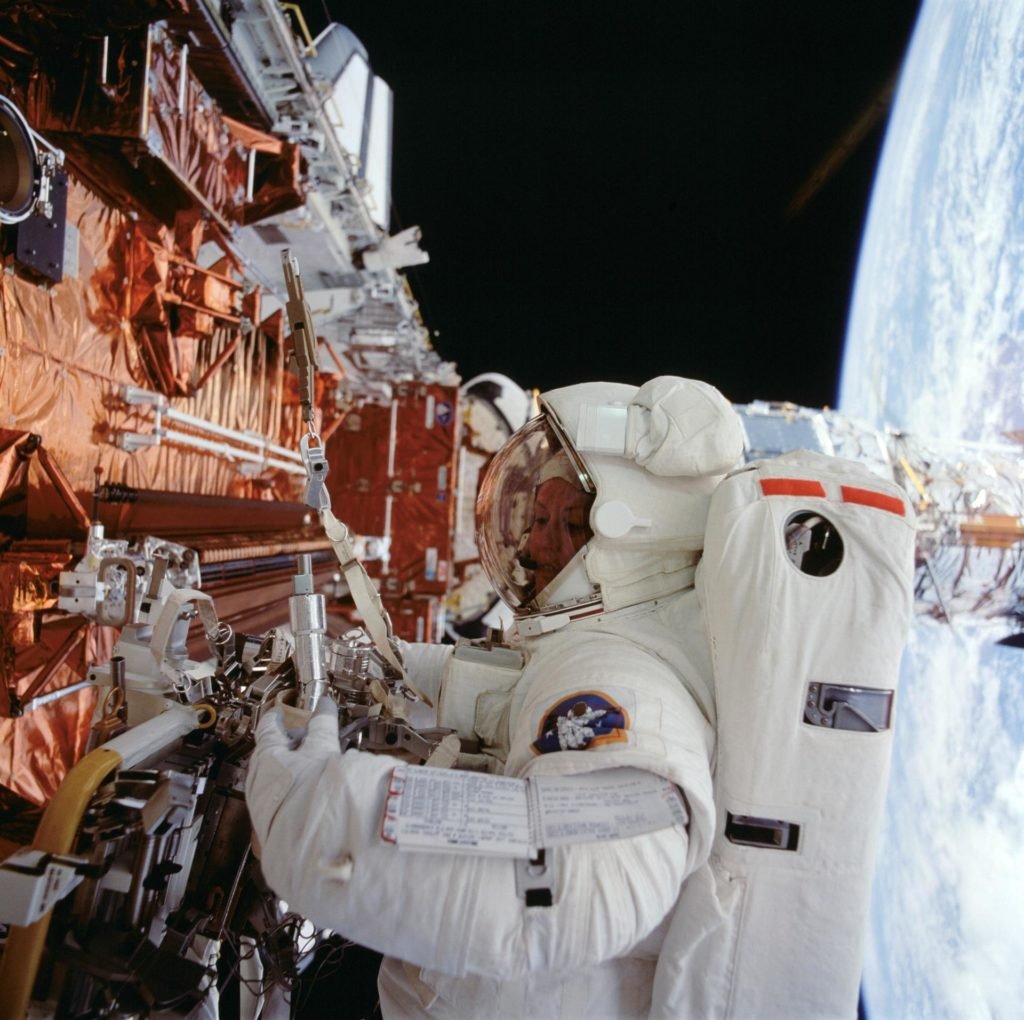John Glenn, a name synonymous with pioneering spirit and celestial exploration, stands as an iconic figure in the annals of space history. As the first American astronaut to orbit the Earth, his indomitable courage and unwavering commitment to pursuing space exploration left an indelible mark on NASA and the nation. In this exploration, we delve into the remarkable life and achievements of John Glenn, a true American hero who soared to the heavens and paved the way for countless future astronauts.
John Glenn’s journey to becoming a renowned American astronaut was anything but ordinary. Born on July 18, 1921, in Cambridge, Ohio, Glenn’s early life hinted at his future as a high-flying pioneer. He started as a U.S. Naval Aviation Cadet during World War II. He continued to distinguish himself as a fighter pilot during World War II and the Korean War, accumulating numerous accolades for his courage and exceptional skills.
However, Glenn’s association with NASA would define his legacy. 1958, when NASA was established, he was among the select group known as the “Original Seven” astronauts chosen for Project Mercury, the nation’s inaugural foray into human spaceflight. It was in this capacity that Glenn etched his name into history.
On February 20, 1962, John Glenn embarked on the Friendship 7 mission, becoming the first American to orbit the Earth. His harrowing journey lasted nearly five hours and involved orbiting our planet three times. This historic feat not only marked a significant milestone in the ongoing Cold War space race with the Soviet Union but also elevated Glenn to the status of a national hero.
Glenn’s contributions to NASA extended well beyond this groundbreaking mission. His dedication to space exploration, his pivotal role in shaping the early human spaceflight programs, and his subsequent return to space as the oldest astronaut solidified his position as an enduring symbol of American ingenuity and bravery.
Table of Contents
John Glenn: The First American Astronaut and NASA Pioneer
John Glenn was an American astronaut and a significant figure in the early history of NASA (National Aeronautics and Space Administration). He is best known for being the first American to orbit the Earth and for his contributions to space exploration. Here’s a detailed look at his life and his importance to NASA:
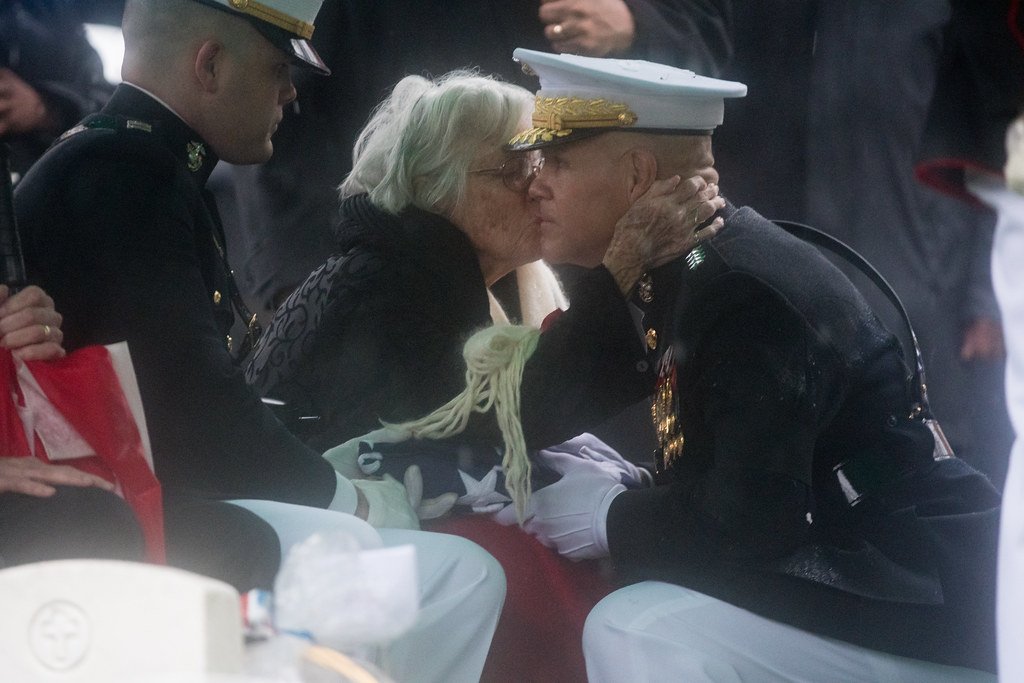
Early Life and Military Career
John Herschel Glenn Jr., born on July 18, 1921, in Cambridge, Ohio, USA, possessed an unwavering passion for flight that would shape his remarkable life. Glenn’s fascination with aviation was evident early, leading him to make a pivotal decision during World War II. Enrolling in the U.S. Naval Aviation Cadet Program, he embarked on a journey that would eventually take him beyond the Earth’s atmosphere.
During World War II and the Korean War, Glenn’s dedication to service led him to the front lines as a fighter pilot. His exceptional piloting skills and courage in combat earned him numerous medals and awards, including the Distinguished Flying Cross, a testament to his outstanding contributions to these pivotal conflicts. This combination of passion for aviation and an exemplary military career ultimately paved the way for John Glenn to become an American astronaut and a trailblazer in space exploration.
Selection as an Astronaut
In the pivotal year of 1958, with the creation of NASA, the United States embarked on an ambitious journey to explore the cosmos. During this historic period, John Glenn’s path converged with the nascent space agency, leading to his selection as one of the “Original Seven” astronauts for Project Mercury, a momentous chapter in the history of American space exploration.
Glenn’s selection for this elite group was a testament to his exceptional qualifications. His reputation as an exceptional pilot, honed through years of military service in World War II and the Korean War, made him a standout candidate. Beyond his flying prowess, Glenn had distinguished himself as a test pilot, demonstrating a deep understanding of aircraft and aeronautical engineering, essential skills for the daring venture into space.
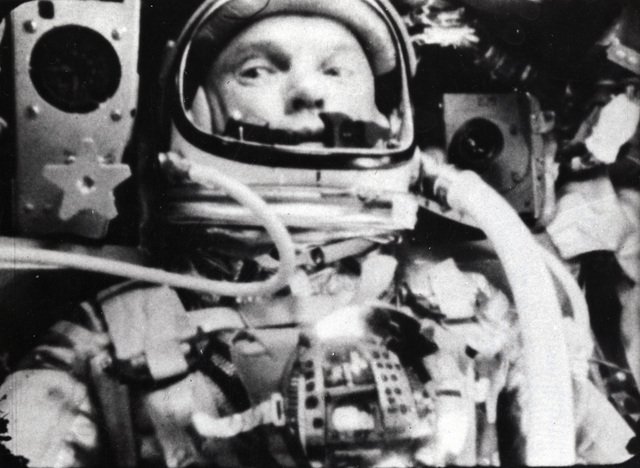
Moreover, Glenn’s mental and physical toughness set him apart. The rigors of space travel demanded unwavering composure and resilience, qualities he possessed in abundance. His ability to remain calm under pressure and his steadfast commitment to the cause of space exploration made him an ideal candidate for the challenging mission ahead.
Thus, in 1958, NASA’s discerning eye recognized in John Glenn the perfect combination of skills, experience, and character required to pilot the spacecraft that would propel America into the era of human spaceflight. This selection changed the course of Glenn’s life and marked the beginning of an extraordinary journey that would forever link his name with the exploration of the cosmos.
Historic Flight of Friendship 7
On that historic day, February 20, 1962, John Glenn cemented his place in the annals of space exploration by piloting the Mercury-Atlas 6 spacecraft, affectionately named “Friendship 7.” This extraordinary mission marked a watershed moment in American space history, as Glenn became the first American to complete an orbit of the Earth.
Glenn’s spacecraft circled our planet three times, enduring nearly five hours in the vast expanse of space. This accomplishment was no small feat, especially amid the intense Cold War space race with the Soviet Union, which had already achieved several significant space milestones.
Glenn’s triumphant mission went beyond the confines of scientific achievement; it was a beacon of hope and pride for the United States. At a time when the superpowers were competing for supremacy in space, Glenn’s successful journey bolstered American morale and rekindled confidence in NASA’s endeavors. He emerged as a national hero, celebrated for his remarkable feat, unwavering dedication to exploration, and role in advancing the nation’s space ambitions. John Glenn’s legacy as an American pioneer and space icon endures to this day, reminding us of the heights humanity can reach when driven by curiosity, determination, and a passion for discovery.
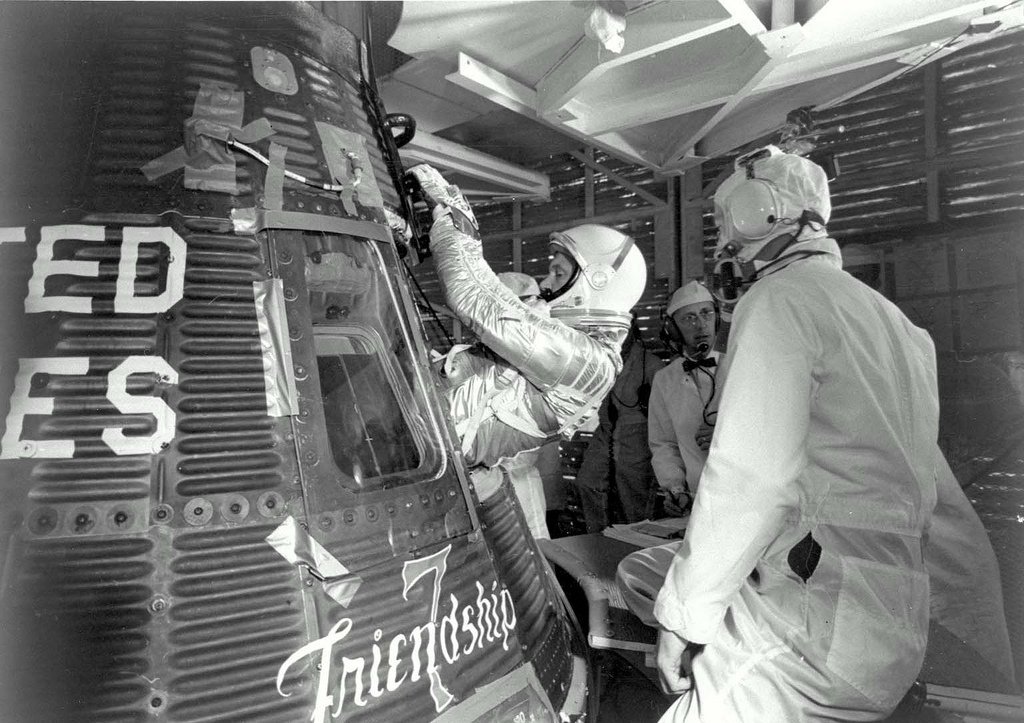
Contribution to NASA and Space Exploration
John Glenn’s historic flight aboard Friendship 7 captured the world’s imagination and played a pivotal role in shaping the future of space exploration. His successful orbit of the Earth demonstrated that humans could withstand the rigors of space, paving the way for subsequent NASA missions, including the Gemini and Apollo programs. His journey instilled confidence in NASA’s capabilities and firmly established the United States as a formidable contender in the space race.
Beyond his trailblazing mission, Glenn continued to contribute to NASA’s endeavors. He served as a backup pilot for the Mercury-Atlas 8 and Mercury-Atlas 9 missions, demonstrating his unwavering commitment to advancing space exploration. His experience and insights were instrumental in ensuring the safety and success of these missions.
Furthermore, Glenn’s influence extended to the development of the Apollo spacecraft, where he played a crucial role in designing and evaluating these cutting-edge vehicles. His deep understanding of spaceflight technology and hands-on experience as an astronaut made him an invaluable asset to NASA, contributing significantly to the agency’s human spaceflight programs.
In essence, John Glenn’s knowledge, expertise, and dedication were fundamental in guiding NASA through the formative years of human spaceflight, leaving an indelible mark on the agency’s history and setting the stage for America’s continued cosmos exploration.
Return to Space
After concluding his initial career as an astronaut, John Glenn transitioned into a long and distinguished political career, serving as a U.S. Senator from Ohio for a quarter of a century. His return to space, however, was nothing short of remarkable. On October 29, 1998, at the age of 77, John Glenn made a historic journey back into the cosmos, marking him as the oldest person ever to travel in space. This audacious return was not merely a symbolic gesture; it had a profound scientific purpose.
Glenn’s presence aboard the Space Shuttle Discovery during the STS-95 mission offered an extraordinary opportunity to study the effects of space travel on the aging human body. His experience allowed researchers to gather critical data on how extended periods of microgravity impact various physiological aspects, including muscle mass, bone density, and cardiovascular health in older individuals.
John Glenn’s courageous return to space, fueled by his enduring dedication to advancing our understanding of space exploration, reinforced his legacy as an American icon. His mission served as a testament to the potential of older individuals to contribute significantly to scientific research. It reaffirmed his unwavering commitment to pursuing knowledge, even in challenging environments.
Legacy
John Glenn’s legacy reaches far beyond the confines of his space missions. He embodied the essence of American heroism and exploration, becoming a source of inspiration for countless individuals worldwide. His achievements represented the triumph of science and technology and the indomitable human spirit’s capacity to reach for the stars.

Although John Glenn departed this world on December 8, 2016, at the remarkable age of 95, his influence on space exploration remains timeless. His contributions to NASA, including his historic orbit of the Earth and his invaluable insights into spacecraft design and human spaceflight, continue to shape the agency’s missions and endeavors.
Glenn’s enduring legacy is not confined to the annals of history; it lives on in the hearts and minds of those who dare to dream of exploring the cosmos. As we look to the future of space exploration, we remember John Glenn as a trailblazer, a hero, and an icon whose legacy will forever serve as a guiding light for the astronauts and space enthusiasts of generations yet to come.
John Glenn was essential to NASA as one of the original Mercury Seven astronauts and for his historic flight as the first American to orbit the Earth. His dedication to space exploration, his role in shaping NASA’s early human spaceflight programs, and his return to space in later years all contribute to his significant legacy in the history of space exploration.


